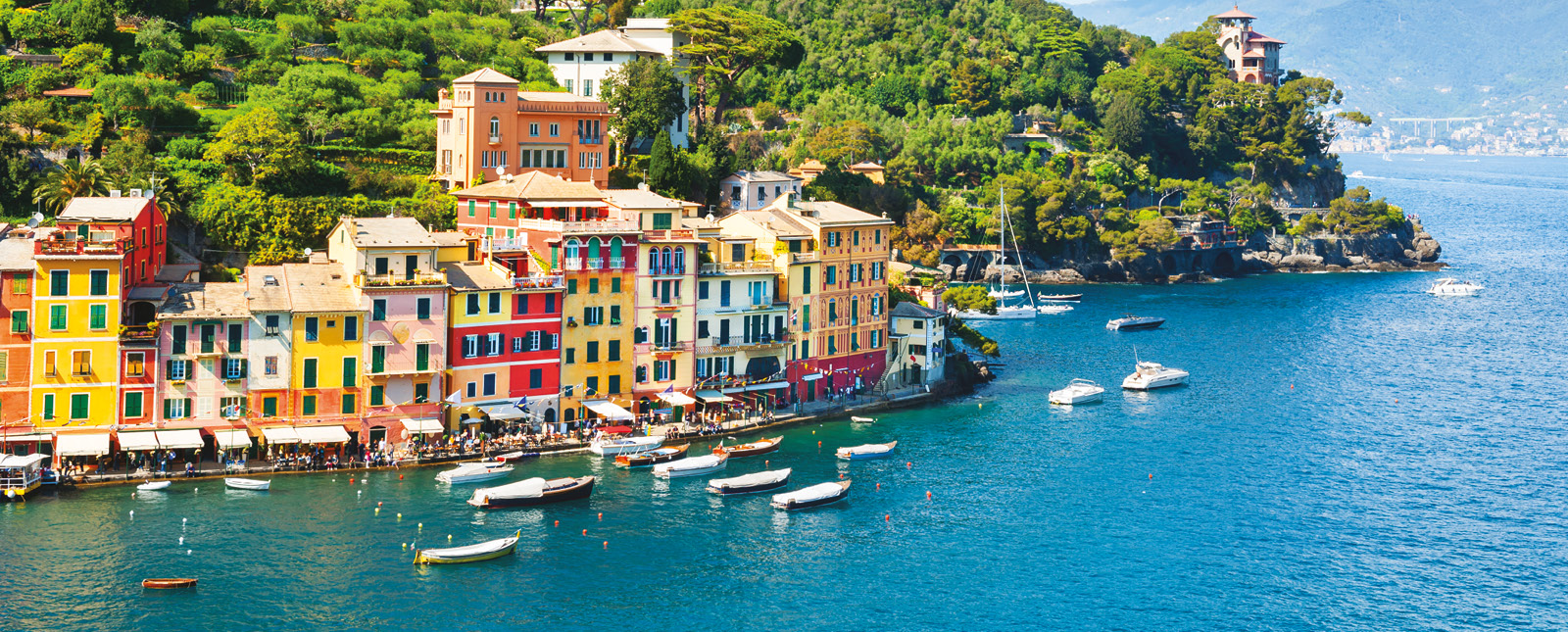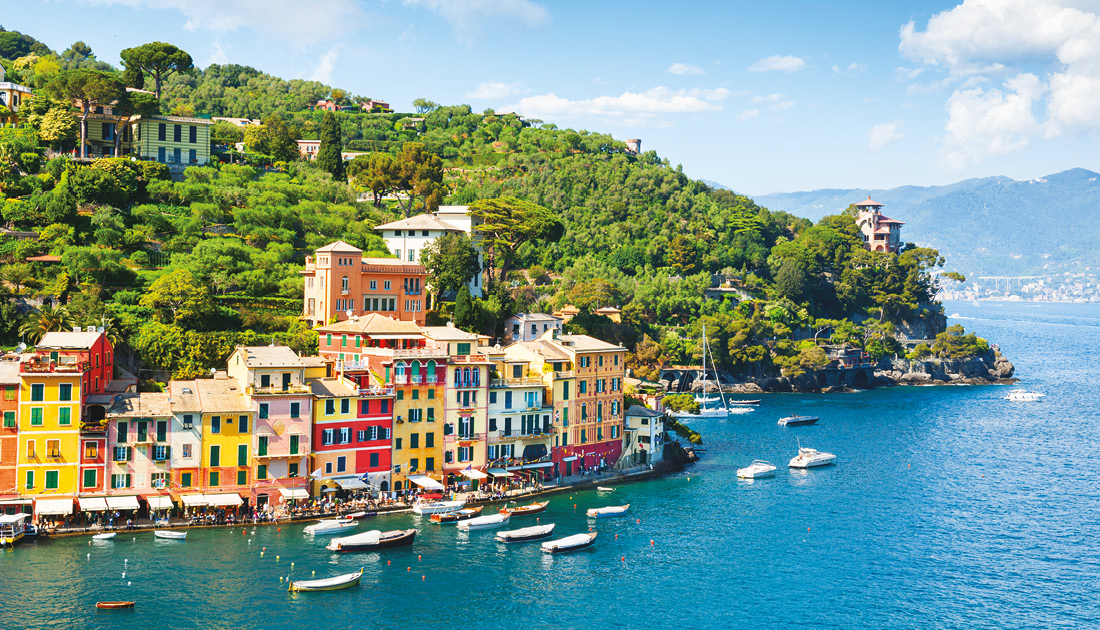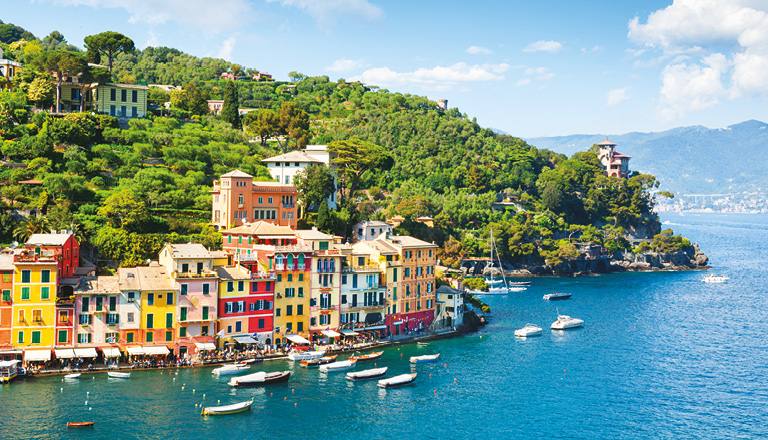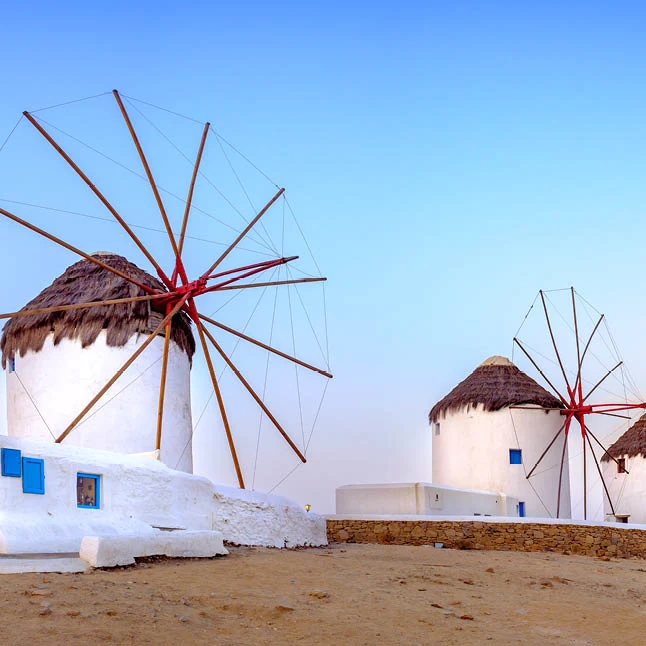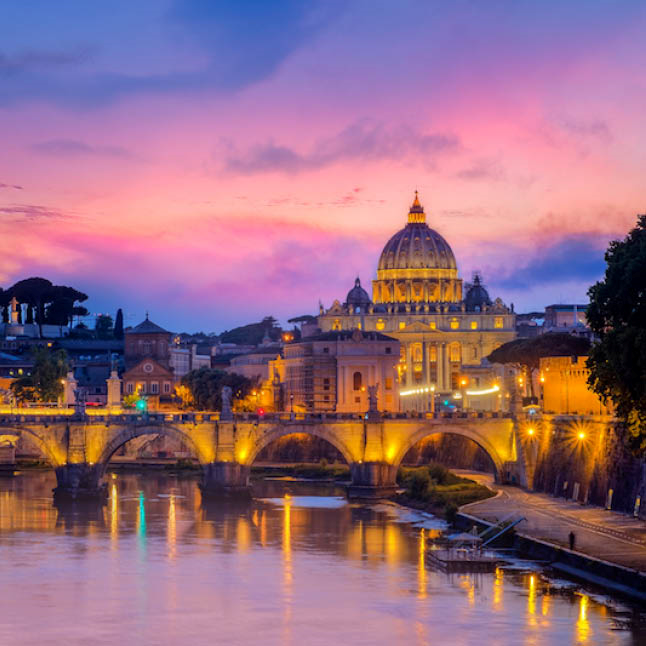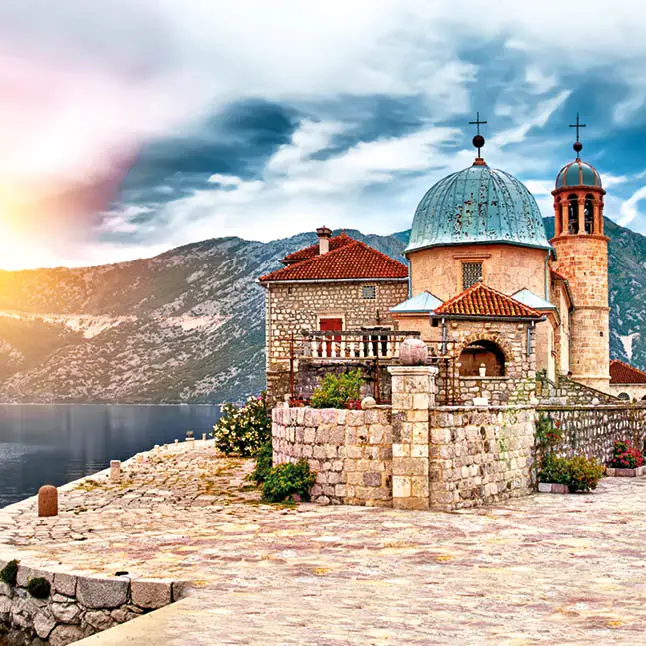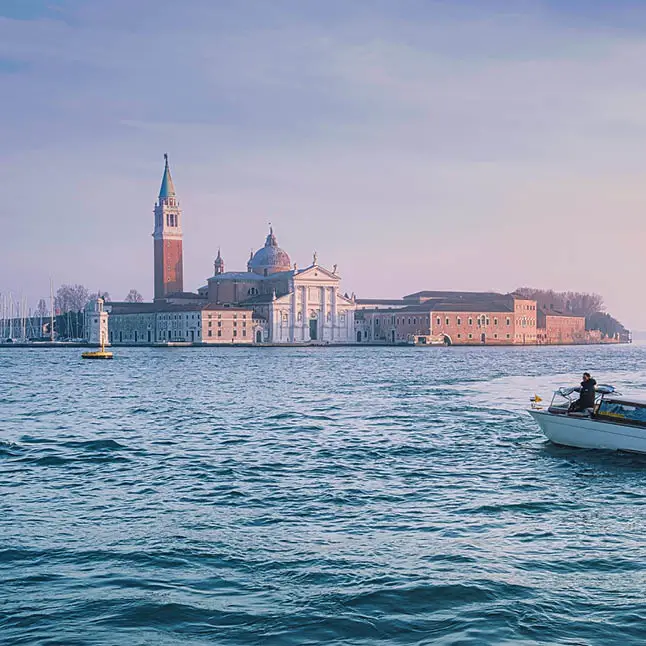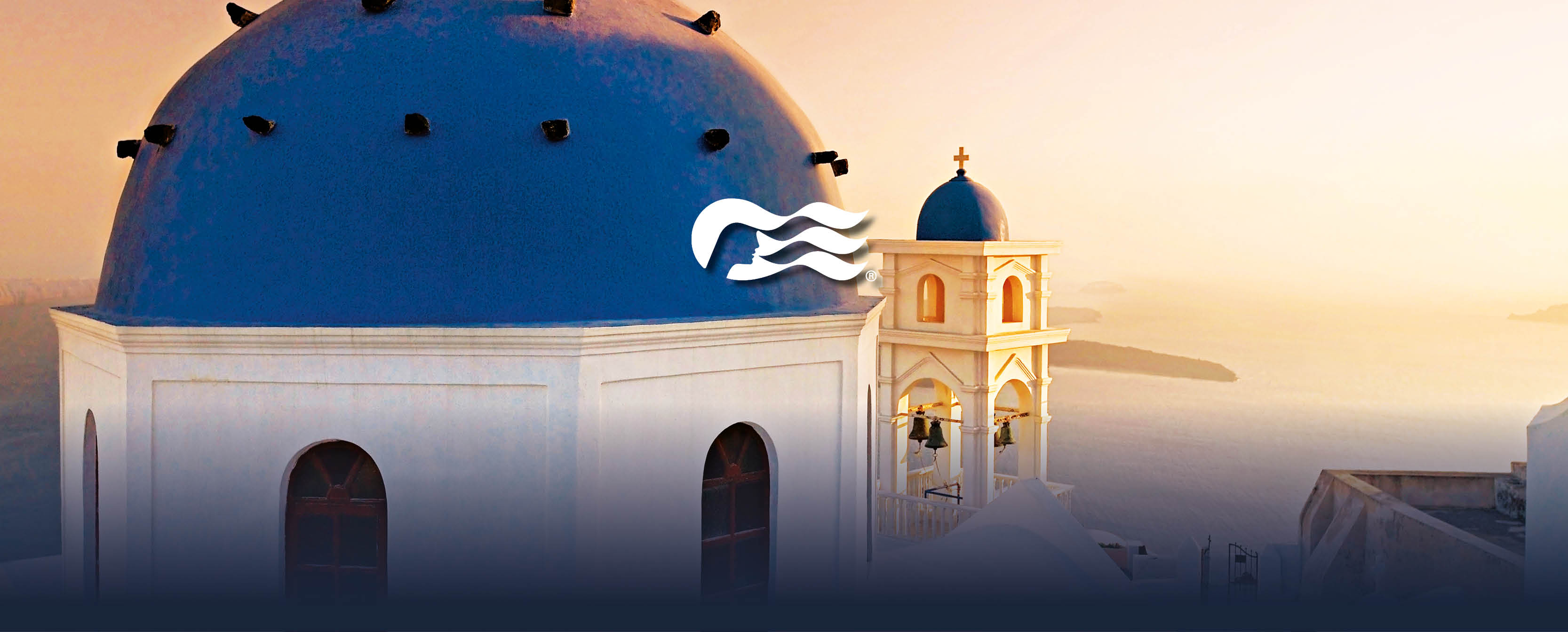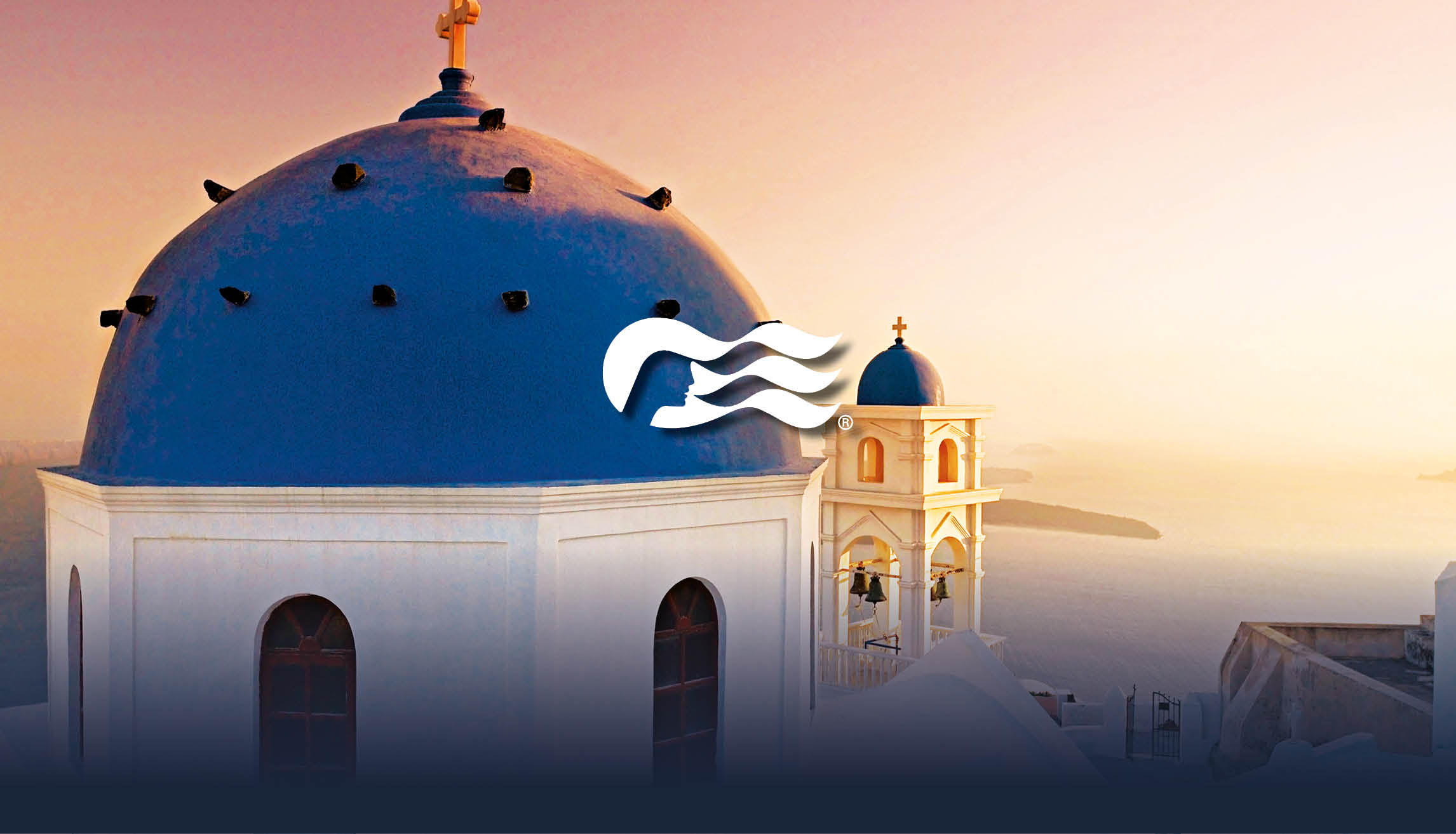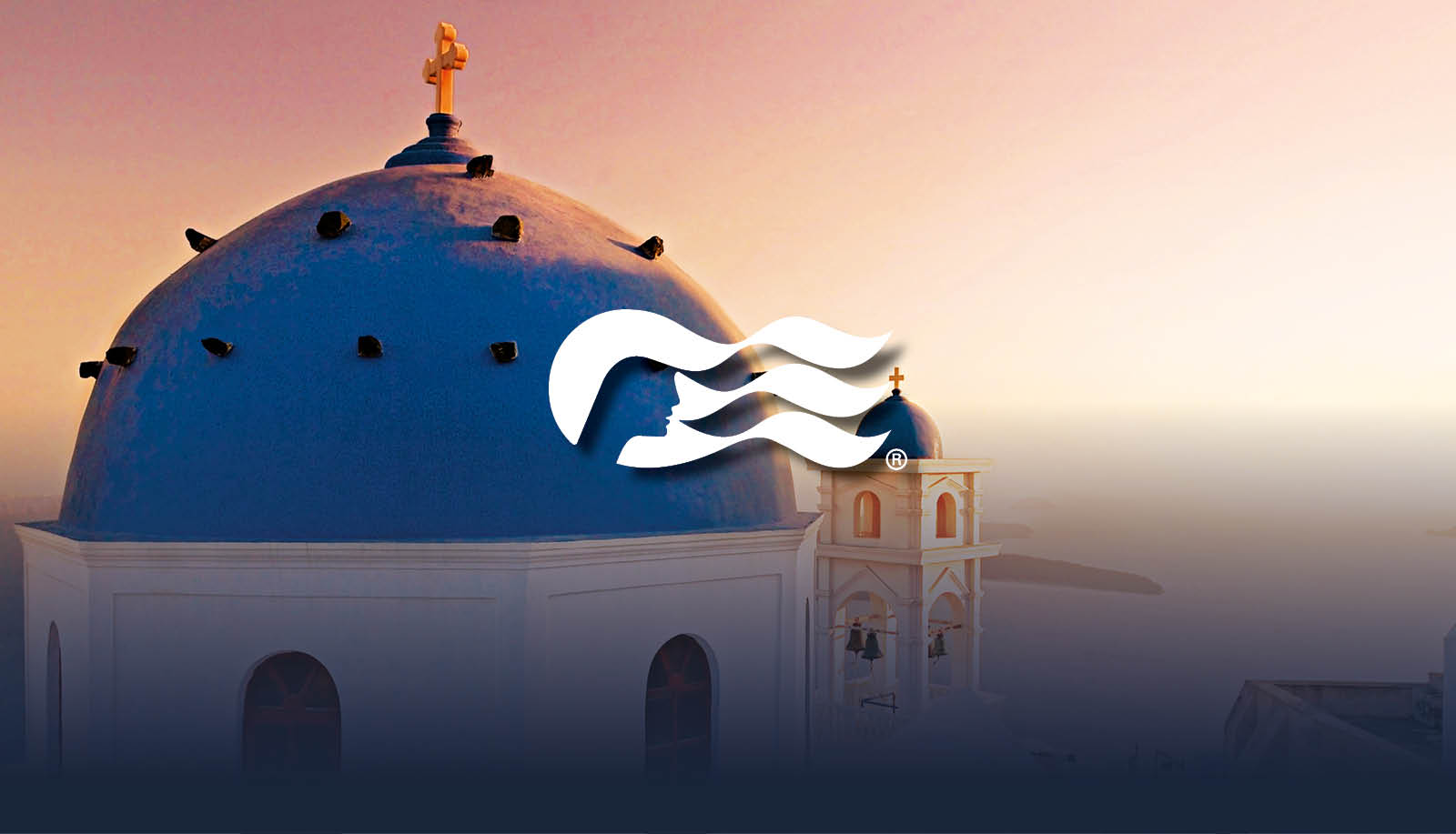MEDITERRANEAN CRUISES

THE BEST MEDITERRANEAN CRUISES
Ancient ruins recall the once-powerful empires that ruled this legendary region. Stand atop the Acropolis in Athens, wander the Colosseum in Rome, or walk the haunting streets of Pompeii. Step back in time in Dubrovnik's walled Old Town, or relax on the sun-kissed shores of the Greek Isles. Magical Venice, Barcelona and Florence beckon with timeless treasures.
Choose your port of embarkation and do not miss the opportunity to discover the Mediterranean at fascinating prices aboard the best ships.
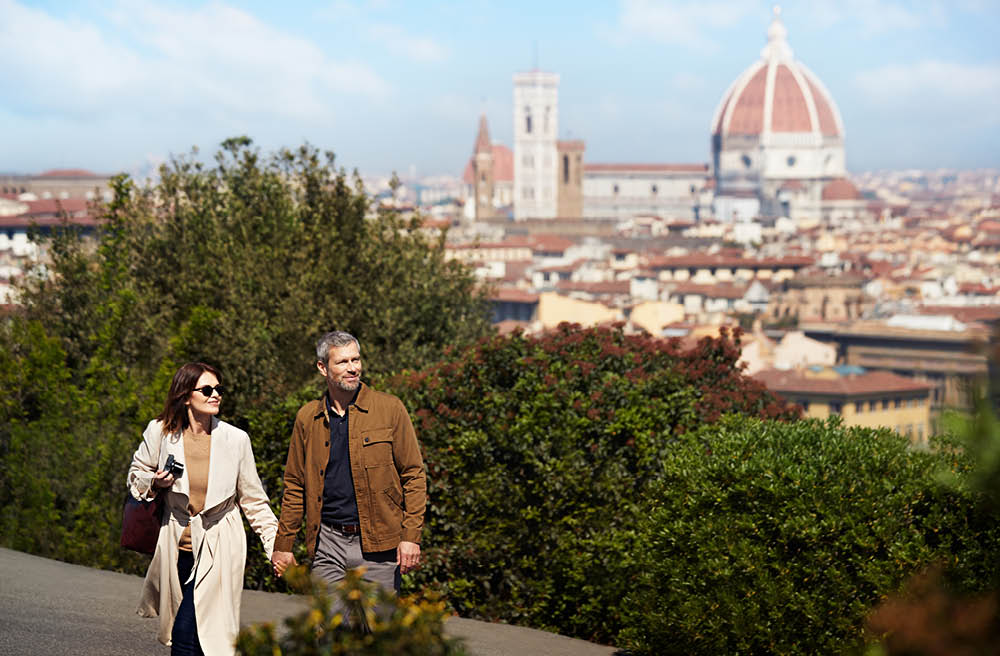
WE RECOMMEND
- Visit the Sagrada Familia in Barcelona
- Delight yourself with the exquisite Italian gastronomy.
- Visit the artificial island in Kotor with a beautiful church
- Stroll through Florence's art-filled city center
- Climb the Leaning Tower of Pisa
- Discover Gaudi's buildings in Barcelona
- Photograph the famous blue-roofed houses of Santorini
- Strolling through the colorful markets of Istanbul
- Discover the ancient history of Athens
- Discover the famous windmills of Mykonos
- Visit the Blue Mosque or the Sophia Basilica in Istanbul
- Stroll through the Ruins of Pompeii

THE ULTIMATE CRUISE DESTINATION
From 8 to 24 day cruises, choose the option that best suits your needs.

WHAT'S INCLUDED IN MY CRUISE?
- Breakfast, lunch, dinner and meals at any time.
- Iced tea, lemonade, unbottled water, varieties of tea and coffee.
- You will stay in comfortable cabins according to the category you have chosen.
- Entertainment and endless activities throughout the day and evening.
- Swimming pools, lounges, spa, casino, gym, disco, cinema under the stars and much more.
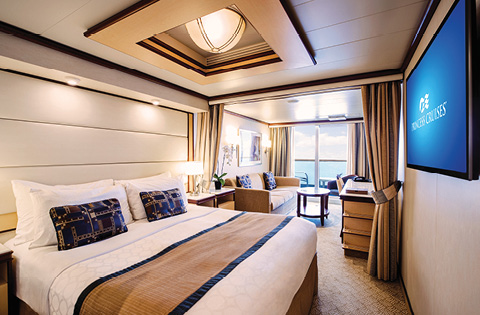
CHOOSE THE STATEROOM THAT BEST SUITS YOUR NEEDS
Mini-Suite, Balcony, Outside or Inside, all of our staterooms feature the following amenities:
- Princess Luxury Bed
- Mini-bar
- Flat screen television
- Bathroom with shower or bathtub
- 24-hour room service
- Premium bed and bath linens
- Brand-name toiletries
- In-room safe
